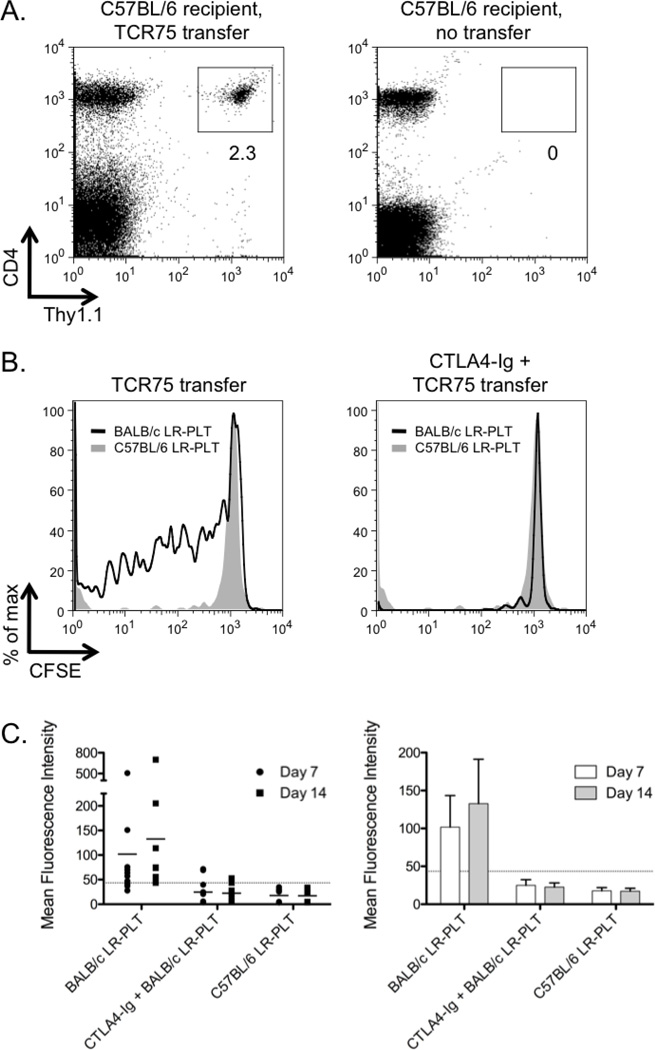Figure 2. CTLA4-Ig treatment inhibits donor specific CD4+ T cell responses to platelet transfusions.
(A) Representative dot plots illustrate the ability to readily discriminate adoptively transferred TCR75×Thy1.1 splenocytes from C57BL/6×Thy1.2 recipients using the Thy T cell congenic marker. (B) CFSE labeled TCR75 splenocytes were adoptively transferred into C57BL/6 recipients. Twenty-four hours later, recipients received a LR-PLT transfusion from either BALB/c (dark line) or syngeneic C57BL/6 (shaded histogram) donors. Some mice were treated with 500 µg of CTLA4-Ig i.p two hours prior to transfusion. Five days post-transfusion, splenocytes were harvested and stained with anti-CD4 and anti-Thy1.1; TCR75 cells were visualized by gating on CD4+Thy1.1+ events and division was measured by dilution. The illustrated histograms are representative of the trend observed in three independent experiments. (C) TCR75 splenocytes were adoptively transferred into C57BL/6 recipients. Twenty-four hours later, recipients received a LR-PLT transfusion from either BALB/c or syngeneic C57BL/6 mice. Some animals received 500 µg of CTLA4-Ig i.p two hours prior to transfusion. Sera were collected at seven and fourteen days post transfusion and tested for anti-donor antibodies by indirect immunofluorescence staining using BALB/c splenocyte targets. Error bars represent the mean ± SD. The combined data from three independent experiments are shown.

